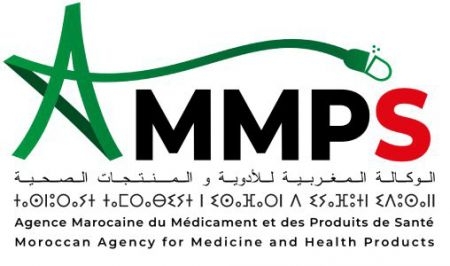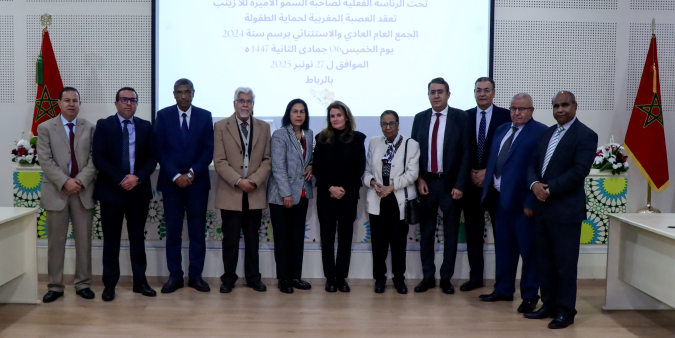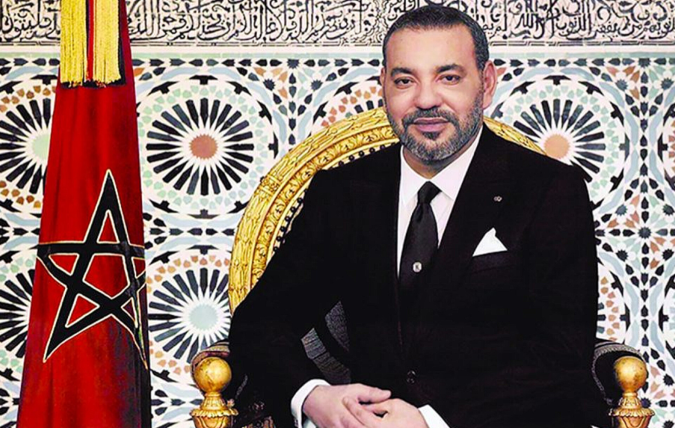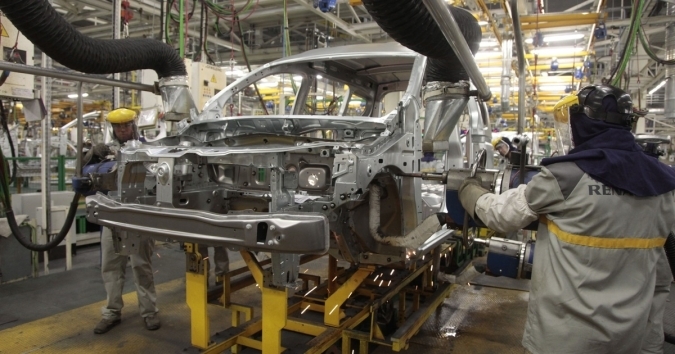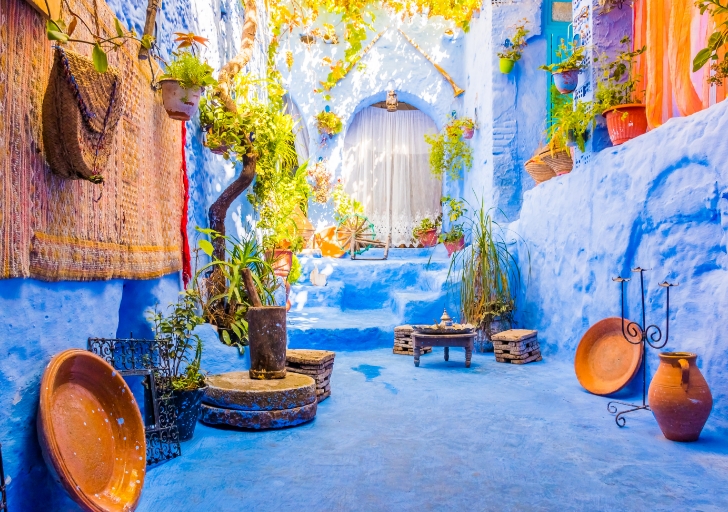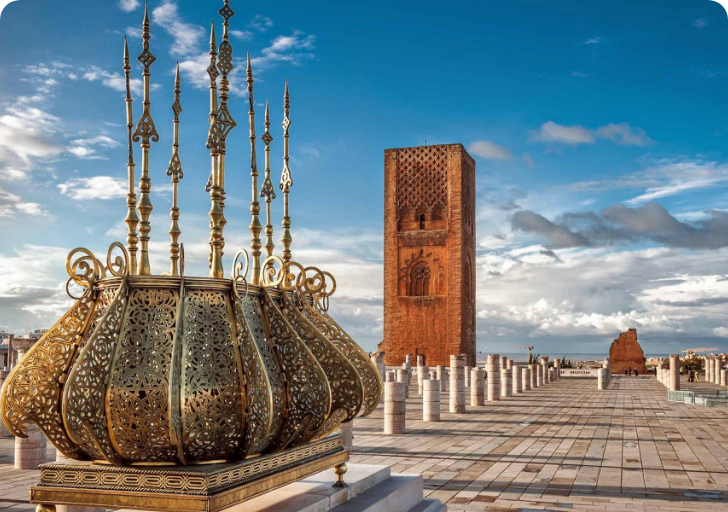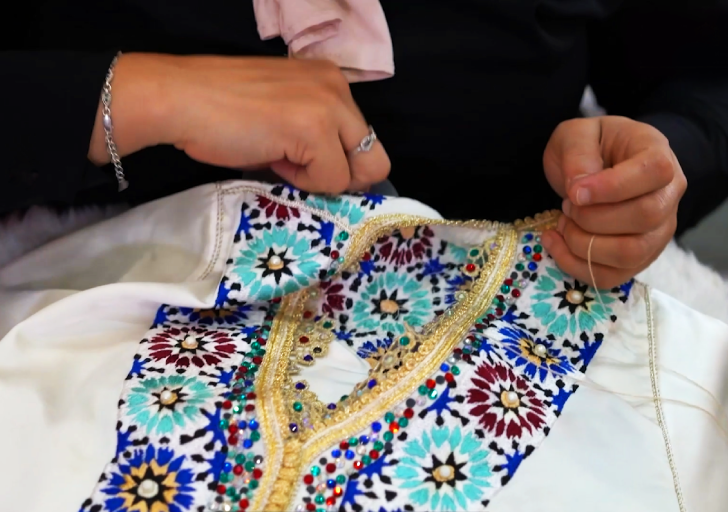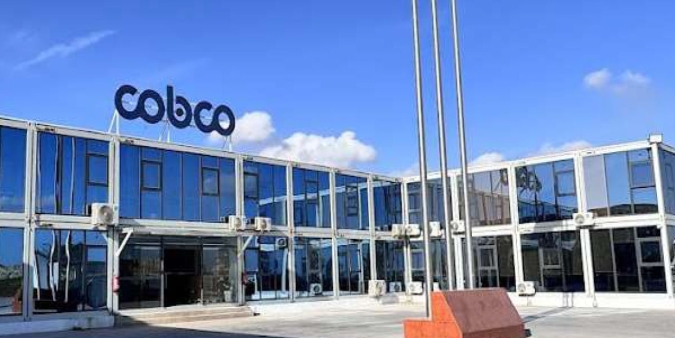
The first manufacturing unit dedicated to the production of electric battery active materials, inaugurated by COBCO company on Wednesday in Jorf Lasfar, Morocco, marks a major milestone in the country's industry.
A fruit of a strategic partnership between AL MADA, a Moroccan pan-African investment fund, and CNGR Advanced Materials, a global leader in battery materials, this industrial platform confirms Morocco's growing role as a regional hub in clean-technology industry and a committed player in global green-technology.
On the occasion of the inauguration of this unit, COBCO announced the commissioning of the first phase of its production complex for nickel-manganese-cobalt (NMC) precursor cathodes (pCAM).
This industrial platform, spanning more than 238 hectares, is dedicated to the recovery of metals critical to the energy transition, especially domestic natural resources such as phosphate, cobalt and manganese. These raw materials are transformed locally into strategic components for batteries used in EV and stationary energy markets.
The plant, which has committed a total investment of MAD 20 billion (around $2 billion), is in charge of the production of high-tech chemical components for the manufacture of lithium-ion batteries, mainly for the European and North American markets.
Two types of strategic products will be deployed, requiring heavy investment, advanced expertise and cutting-edge technologies. These are NMC (Nickel-Manganese-Cobalt) precursors, with a target production capacity of 120,000 metric tons per year, and LFP (Lithium-Iron-Phosphate) cathodes, with a target production capacity of 60,000 metric tons/year.
COBCO also covers the upstream part of the value chain, with a dual ambition: to strengthen local integration and generate industrial value in Morocco, through the refining of critical metals (nickel, cobalt, manganese), used in the production of NMC precursors, and the recycling of black mass, the residue from the crushing of end-of-life batteries, in order to extract the strategic metals (lithium, nickel, cobalt), with a processing capacity of 30,000 metric tons per year.
Ultimately, all of these capacities will generate a combined capacity equivalent to 70 GWh per year, enough to equip nearly one million EVs annually.
By catalyzing the emergence of a Moroccan ecosystem dedicated to the strategic electric battery industry and targeting European and North American markets, COBCO aims to become a strategic industrial lever between Africa, Europe and China, and a key part of Morocco's repositioning as a regional energy and industrial hub, serving the global energy transition.
On the ground, more than 5,000 jobs were created during the construction phase. Ultimately, more than 1,800 highly skilled direct jobs will be created, as well as 1,800 indirect jobs in subcontracting, logistics, services, and local infrastructure.
As for COBCO's environmental strategy, it rests on several pillars, including the implementation of an low-carbon footprint industrial plant, based on circular economy and environmental performance, certification procedures for the main international standards will be launched starting 2025 as well as a sustainable production, based on the usage of Moroccan green energy (with an objective of 80% in 2025 and 100% by the end of 2026), as well as the usage of desalinated water and water treatment and recycling systems.
It is clear that Morocco is emerging as a credible and strategic industrial platform, combining free trade agreements with the European Union and the U.S., with logistical proximity to Europe and a structured production environment and a qualified workforce.
MAP: 25 June 2025
